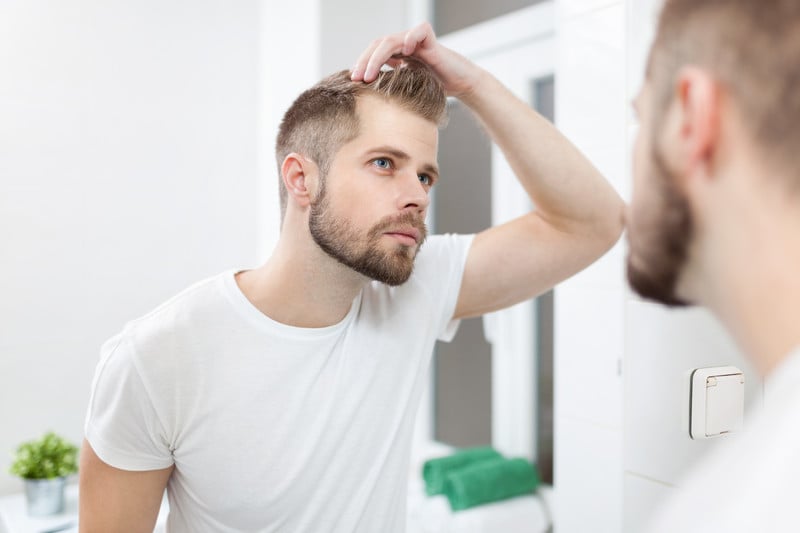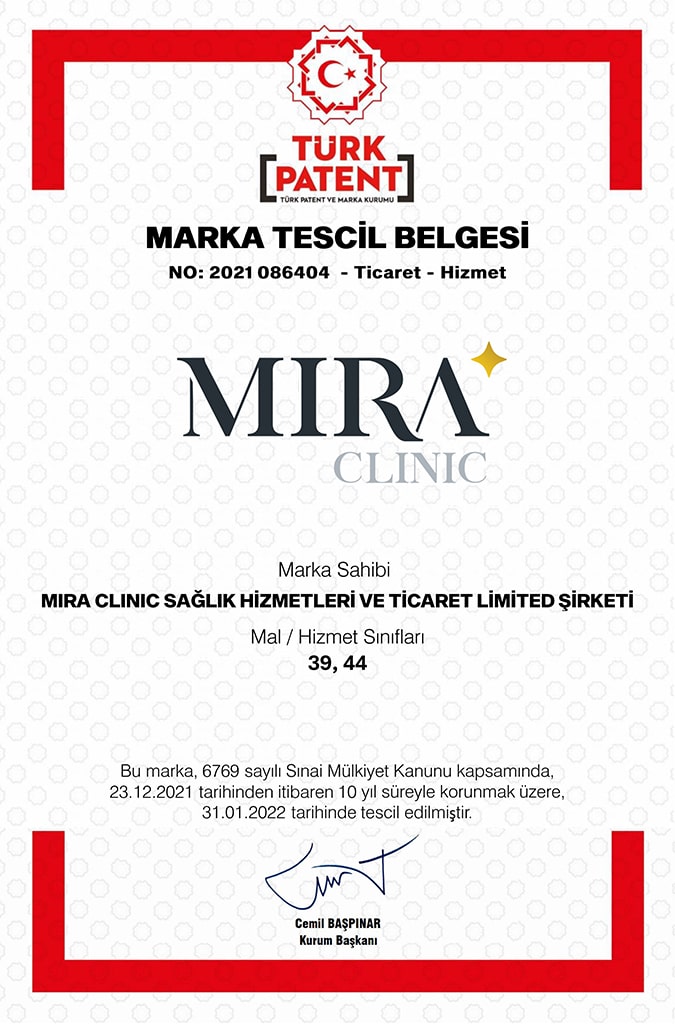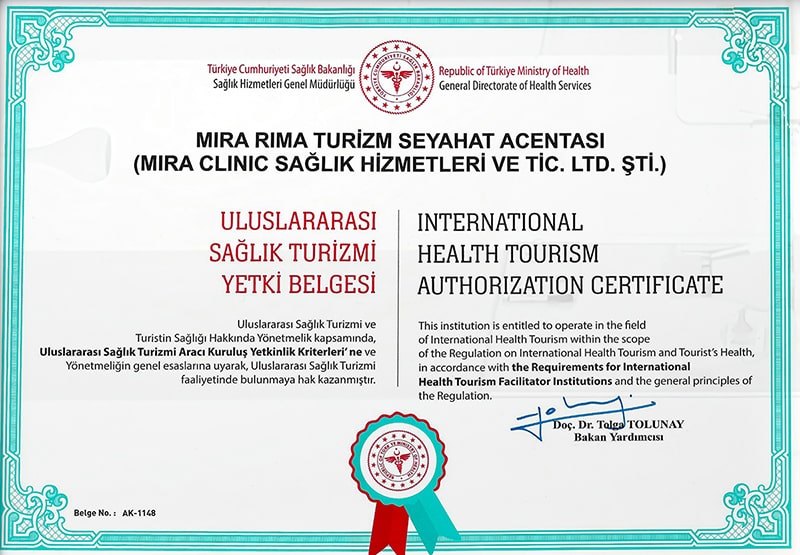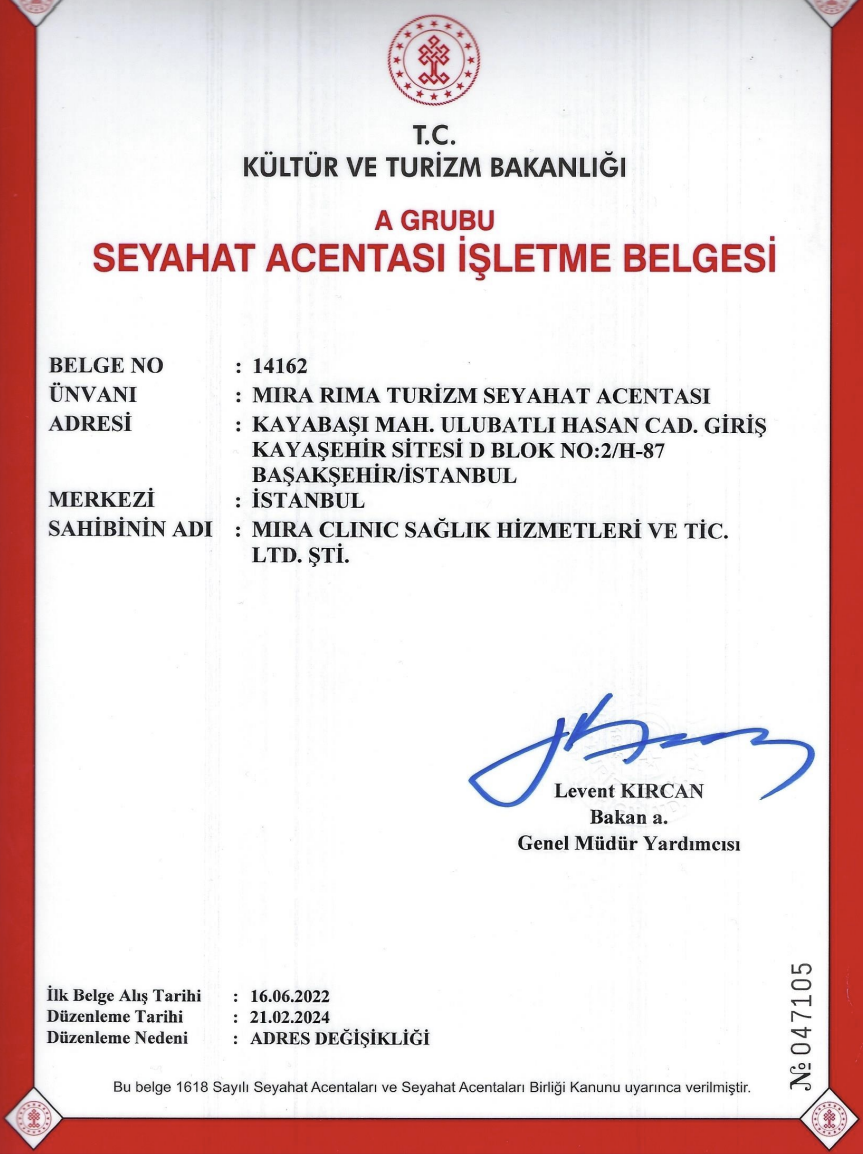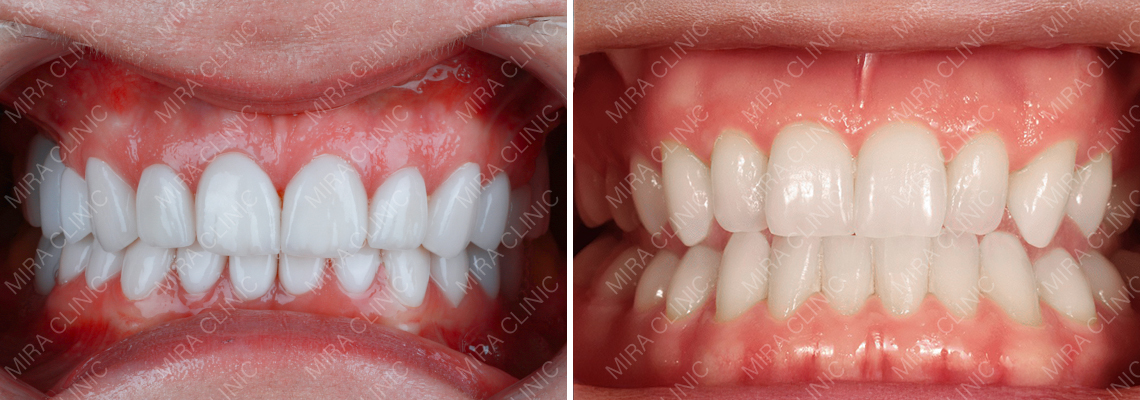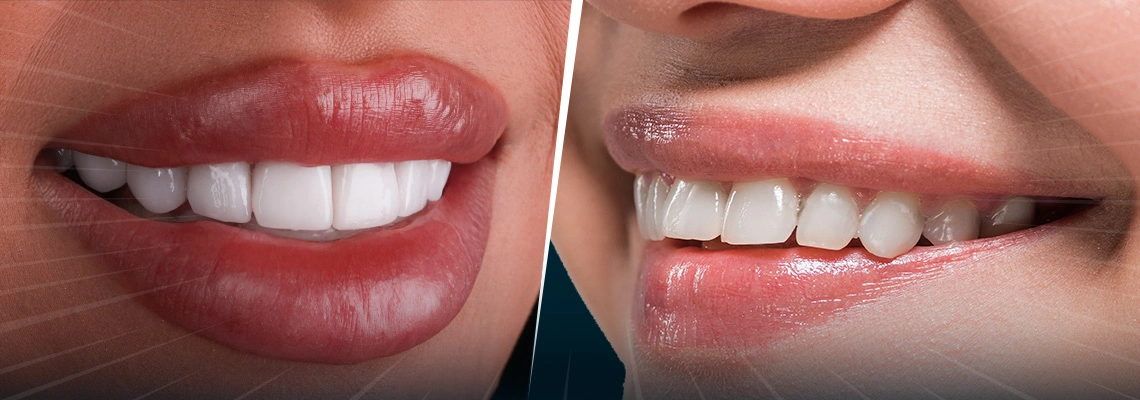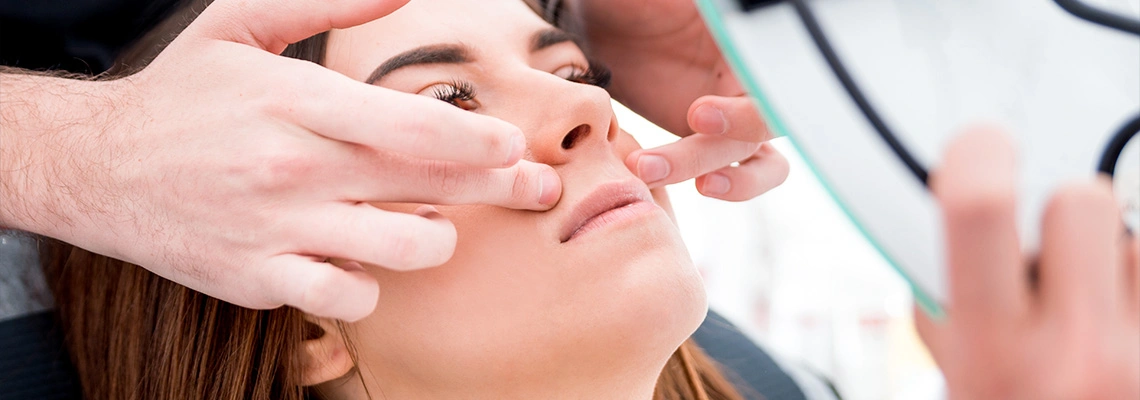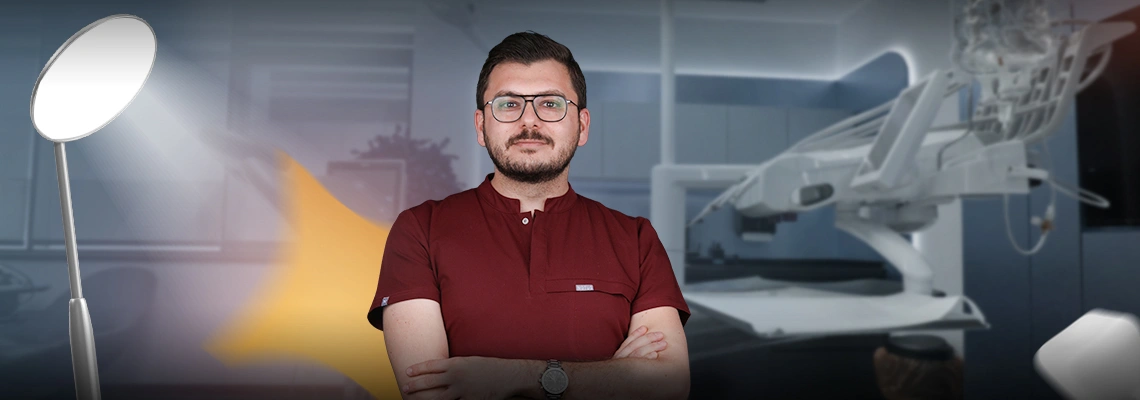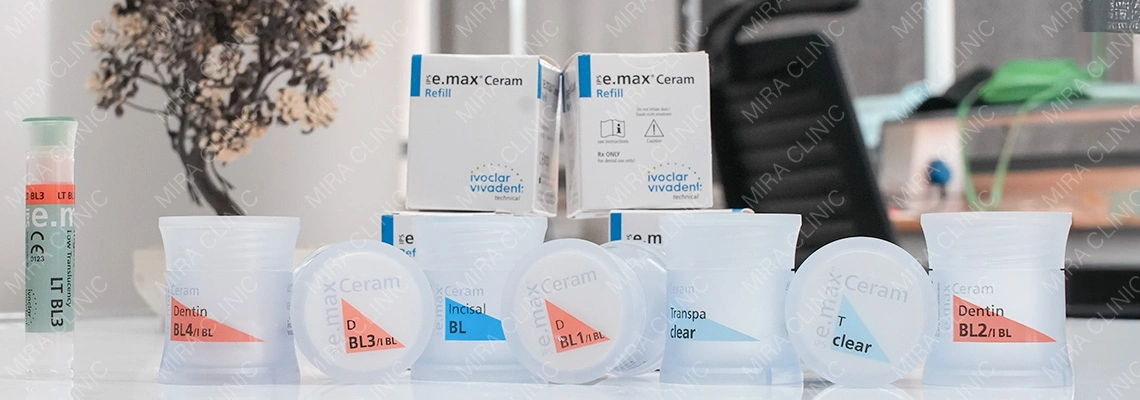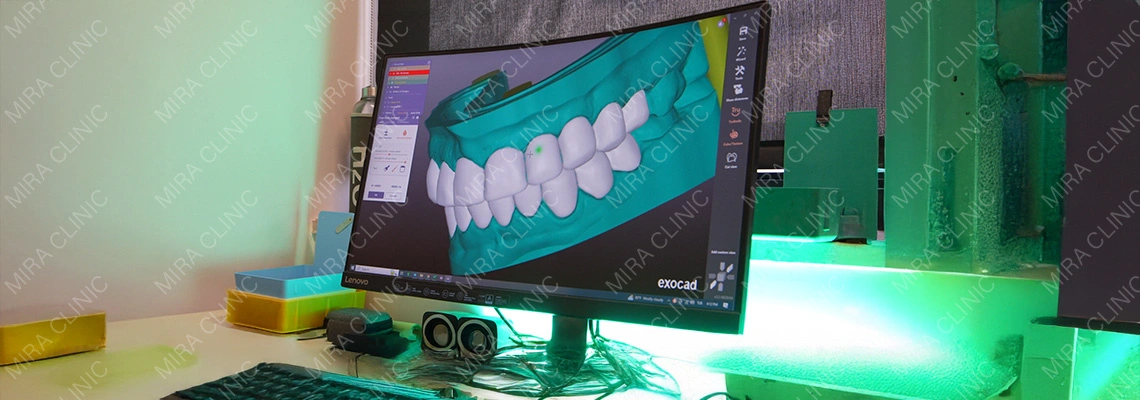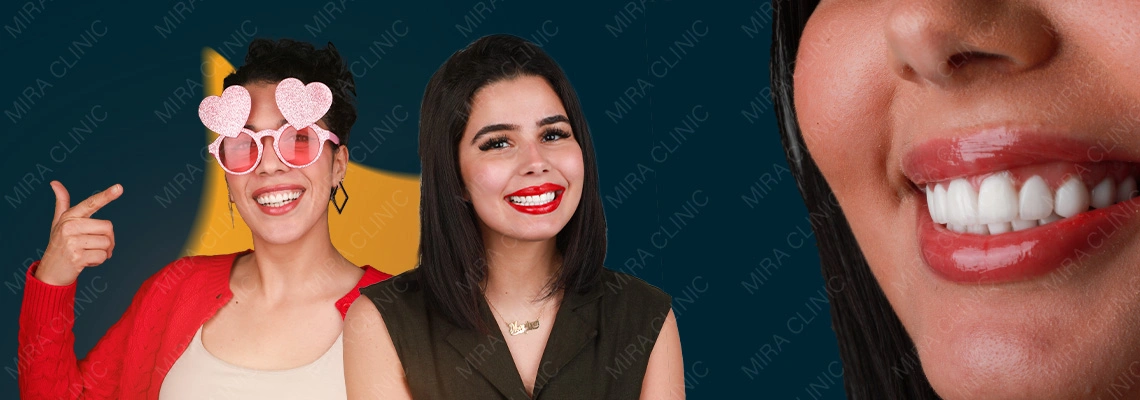Table of contents
- Does tobacco have an effect on the hair?
- Cigarette smoke causes alopecia
- The diet and the biology of our hair
- food and hair
- Specific needs
- trace elements and mineral salts including zinc
- proteins and their amino acids
- group B vitamins.
- The diversified diet
Does tobacco have an effect on the hair?
Whether you are a man or a woman, the effect of tobacco on your hair is identical. It will accelerate the fall or baldness. A Taiwanese study demonstrated this recently.
In smokers, the hair is generally duller and less beautiful than in non-smokers.
With 4,000 chemical compounds present in cigarette smoke, it's no wonder that tobacco attacks the hair.
The hair assimilates everything we ingest and retains it in memory for a very long time (nicotine can be detected in the hair for up to a year after the last cigarette).
Tobacco also has other harmful effects in the hair growth process. It affects the intake of B vitamins, amino acids as well as trace elements which are essential nutrients for the shine and vitality of your hair. These will be replaced by nicotine. This leads in particular to the appearance of gray hair faster than others. It is enough to compare the natural color of the hair of smokers and non-smokers in the same age and sex category, the result is clear.
In addition, tobacco will also promote hair loss and hinder hair growth by damaging the hair genome.
Cigarette smoke causes alopecia
Like cancer cells, hair cells divide very quickly. Our hair grows very quickly and renews itself constantly and quickly.
This is why scientists often compare alopecia induced by chemotherapy to alopecia caused by cigarette smoke. Chemotherapy will have toxic effects on cells that grow very quickly, like cigarette smoke.
Researchers working on treatments to prevent hair loss during chemotherapy routinely use the model of cigarette smoke toxicity in their experiments.
Quitting smoking therefore allows you to quickly regain more beautiful hair.
Also note that tobacco prevents proper healing, which is why it is strictly contraindicated in the weeks preceding and following hair implant surgery.
The diet and the biology of our hair
The hair bulb must take, at the level of the dermal papilla on which it rests, the nutrients which it needs to nourish the basal cells which multiply at its level to gradually build the hair that we will see grow in the hair follicle, cavity of epidermal origin implanted deep in the dermis from which it is separated by a membrane that no epithelial cell can cross.
These germ cells need carbohydrates, fatty substances, minerals and above all certain sulfur amino acids which will be involved in the creation of keratin fibres.
The diet must therefore provide milk, meat, fish and vegetable proteins containing copper, zinc and sulfur which will provide cysteine, tryptophan and methionine.
The cells produced by the bulb follow the same evolution as the cells of the cutaneous epithelium. They will be pushed back to the surface by younger cells. They will lose their nucleus, become dehydrated, but instead of becoming flat and covering each other like the cells of the stratum corneum, they will use the keratin they become carrying to organize it into filaments united with each other very particular way.
Keratin is indeed a protein formed from a chain of amino acids arranged in parallel fibrils united together by a kind of bridge. Some are fragile and water-soluble, which explains why hair can be given various shapes when wet, the bonds then dissolve, reconstituting themselves differently and then resuming their previous attachments over time. They are called hydrogen bridges.
The second variety of bridges, or sulfur bridges, is much more solid and will give the hair its definitive shapes and directions that will remain as long as the hair is not treated with oxidizing and aggressive solutions.
Any desire to modify the arrangement of the hair in a lasting way, as is done in a perm, goes through the mordanting of these bonds which the hairdresser initially destroys voluntarily before reconstituting them with sulfur reducing substances which he will arrange different way.
We thus obtain a remodeling of the hair with the danger of weakening it for a long time if the dosages of the products used are too high. The hair is still impregnated with sebum which insinuates itself between the keratin fibers, increases its cohesion and gives it its shiny and lustrous appearance.
We still find in the hair a distribution quite similar to that which exists in the blood of different minerals, so that their dosage in the hair, carried out by specialized laboratories, gives a fairly exact idea of the general state of health.
The hair is therefore both an ornament, a protector against climatic effects and an observatory of health.
Food and hair
If it is important to take care of your hair, nourishing it properly is even better. As the saying goes, prevention is better than cure.
Dried fruits, parsley, lentils, liver are all foods that have a positive effect on our hair.
Specific needs
Hair, like the rest of our body, needs proper maintenance and nourishment.
In order of importance, here are the essential ingredients for the hair:
Proteins and their amino acids
Amino acids are the basis of the scalp, they enter into the formation of keratin. This material constitutes the majority of our nails, body hair and hair. They also stimulate hair growth, length and thickness.
Trace elements and mineral salts including zinc
Trace elements and mineral salts will regulate sebum secretion.
Group B vitamins.
Group B vitamins are hair-specific vitamins: B5 will combat the brittle and dry condition of the hair. The B8 will slow down the fall and the bleaching. B6 will intervene in the synthesis of essential amino acids in the production of keratin.
To find all these ingredients, you just need to eat a balanced and varied diet.
The diversified diet
For a supply of proteins, iron, zinc and vitamins of group B (mainly B5 and B8), favor lentils, eggs, liver, brewer's yeast, kidneys or even black pudding.
For a zinc and sulfur intake, eat seafood and oleaginous dried fruits. A small mixture of almonds and raisins to snack on during the day will do wonders.
Don't have time to properly prepare your meals? Here are some simple steps to overcome this problem:
Sprinkle your vegetables and salads with brewer's yeast flakes or season them with wheat germ or walnut oil. In addition to being delicious, they will provide you with the essential elements for your hair.
As a bonus, a little easy and simple recipe for the beauty of your hair:
This preparation has an excellent conservation so you can prepare it for several treatments.
To give a boost to your hair, heat in a bain-marie:
10g purifying rosemary
10g of chopped restorative chamomile leaves;
100 ml of protective and revitalizing coconut oil.
Once your preparation is heated, remove it from the heat and leave to cool.
Pour the mixture into a jar with a lid and let it sit for a week.
Once the week is up, reheat and filter your preparation to remove the leaves.
Leave to cool a little and apply to your hair, massaging well.
Comb your hair then surround your hair with a towel and leave on for thirty minutes.
Rinse with clear water and make a light shampoo.
Use your conditioner, rinse and air dry.
Here you are with nourished, silky and shiny hair.
